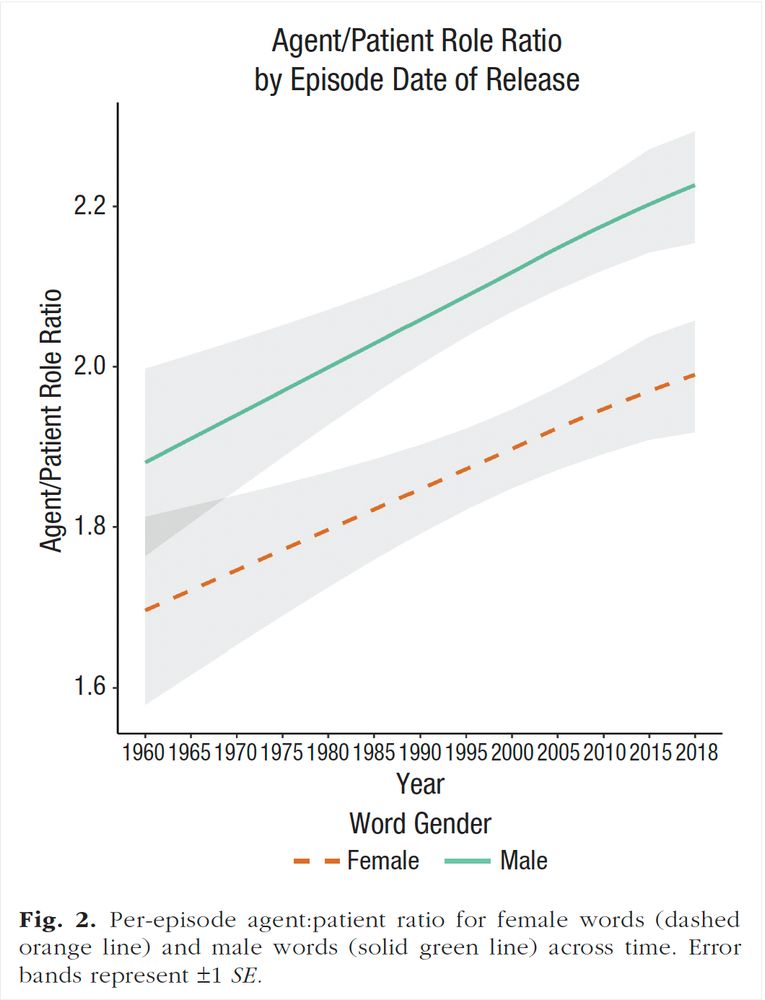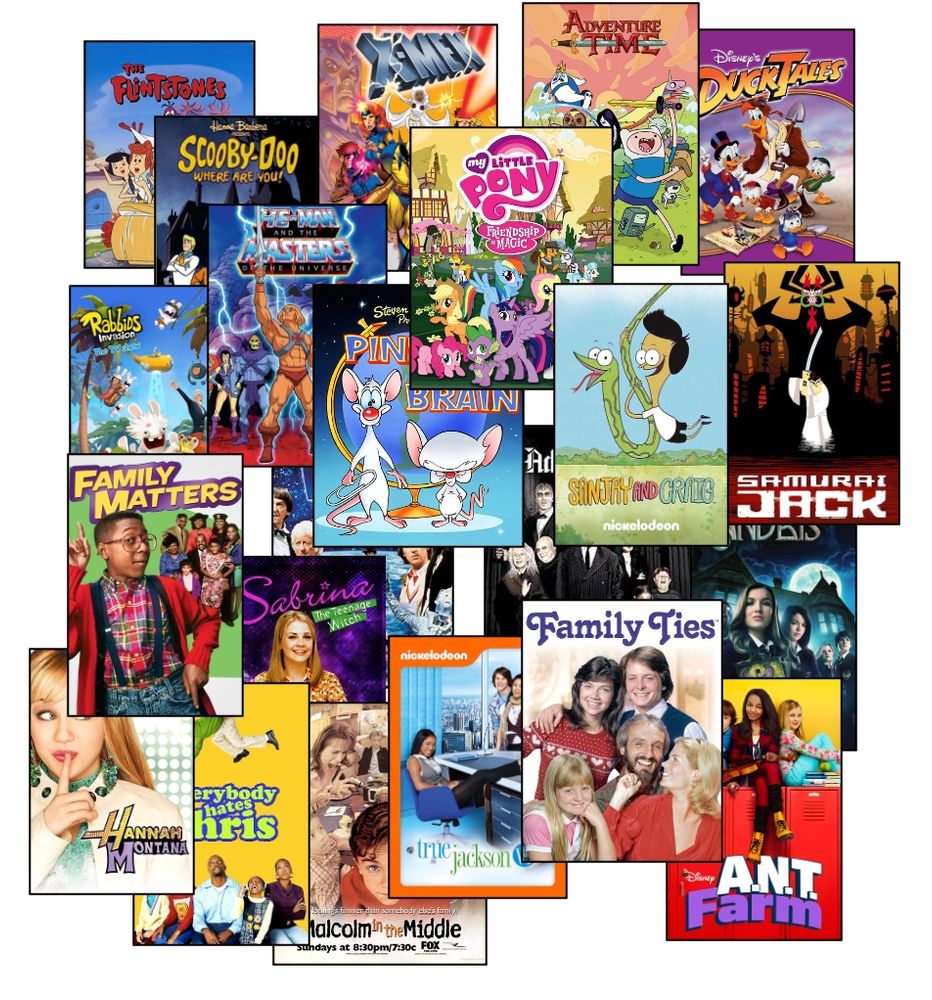
Andrea Vial
@avial.bsky.social
Social psychologist studying gender disparities at work and beyond. Assistant Professor at NYU Abu Dhabi. Yale & Hunter College alumna. Born & raised in Argentina 🇦🇷
For creatives out there producing kid-directed content, esp. if relying on AI: Linguistic biases are subtle and you may not even notice that you’re embedding them in your stories… But you should pay attention because these linguistic cues teach kids what to expect about men and women 8/8
July 25, 2025 at 9:36 AM
For creatives out there producing kid-directed content, esp. if relying on AI: Linguistic biases are subtle and you may not even notice that you’re embedding them in your stories… But you should pay attention because these linguistic cues teach kids what to expect about men and women 8/8
For our kindred spirits, the nerds 🤓: results hold using alternative NLP tools & a bunch of robustness tests, inc: testing for serial dependence, accounting for # of sentences and words, the nested structure of the data, show genre and target age, etc. See nitty-gritty in the paper! 7/8
July 25, 2025 at 9:36 AM
For our kindred spirits, the nerds 🤓: results hold using alternative NLP tools & a bunch of robustness tests, inc: testing for serial dependence, accounting for # of sentences and words, the nested structure of the data, show genre and target age, etc. See nitty-gritty in the paper! 7/8
For context, female words (e.g., characters) increased over 6 decades (great!) but numeric representation is only part of the story: seeing more fem. chars but in stereotypical ways may reinforce kids’ beliefs in unequal gender roles. Progress in gender rep. in media depends on where one looks 6/8

July 25, 2025 at 9:36 AM
For context, female words (e.g., characters) increased over 6 decades (great!) but numeric representation is only part of the story: seeing more fem. chars but in stereotypical ways may reinforce kids’ beliefs in unequal gender roles. Progress in gender rep. in media depends on where one looks 6/8
Also, male words co-occurred more w/ words about rewards, money, power, work, but female words appeared more oft. next to words re: family, affiliation, home. Some of these semantic biases have waned a bit since the ‘60s but the overall pattern is still evident in recent years 5/8
July 25, 2025 at 9:36 AM
Also, male words co-occurred more w/ words about rewards, money, power, work, but female words appeared more oft. next to words re: family, affiliation, home. Some of these semantic biases have waned a bit since the ‘60s but the overall pattern is still evident in recent years 5/8
But our results are NOT fun: Words associated w/ boys/men appear more oft. as grammatical agents (“doers” in a sentence) vs. words associated w/ girls/women. Of 10 times that someone is described as a “doer”, 6.4 it's a male character (vs. only 3.6 female char). This bias hasn’t budged in 60ys! 4/8

July 25, 2025 at 9:36 AM
But our results are NOT fun: Words associated w/ boys/men appear more oft. as grammatical agents (“doers” in a sentence) vs. words associated w/ girls/women. Of 10 times that someone is described as a “doer”, 6.4 it's a male character (vs. only 3.6 female char). This bias hasn’t budged in 60ys! 4/8
What children see and hear in media shapes their worldviews. We covered kids’ TV shows from 1960 to ~2020. Many of us grew up with these shows, even outside the US (a bunch of my personal childhood favorites are in our dataset, which made this project pretty fun) 3/8

July 25, 2025 at 9:36 AM
What children see and hear in media shapes their worldviews. We covered kids’ TV shows from 1960 to ~2020. Many of us grew up with these shows, even outside the US (a bunch of my personal childhood favorites are in our dataset, which made this project pretty fun) 3/8
We used NLP tools to examine linguistic gender bias in a large dataset of scripts from 98 children’s TV shows in the US over the past 60 years (~3M sentences). We found gender biases both in syntactic structure and semantic content 2/8
July 25, 2025 at 9:36 AM
We used NLP tools to examine linguistic gender bias in a large dataset of scripts from 98 children’s TV shows in the US over the past 60 years (~3M sentences). We found gender biases both in syntactic structure and semantic content 2/8
Cool approach and interesting findings! I also found in new data a parenthood boost in worker status and hiring, which tends to go away in overly-masculine workplaces (esp for dads). We should talk!
May 30, 2025 at 3:13 PM
Cool approach and interesting findings! I also found in new data a parenthood boost in worker status and hiring, which tends to go away in overly-masculine workplaces (esp for dads). We should talk!
Happy to hear you liked this work!
February 22, 2025 at 11:17 PM
Happy to hear you liked this work!

